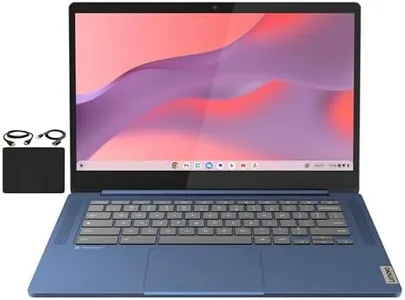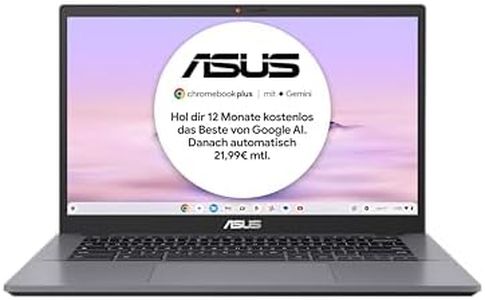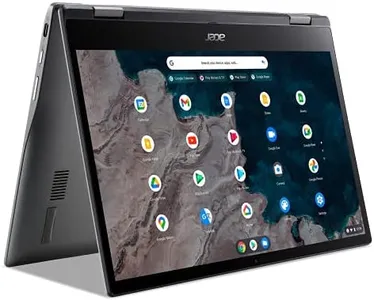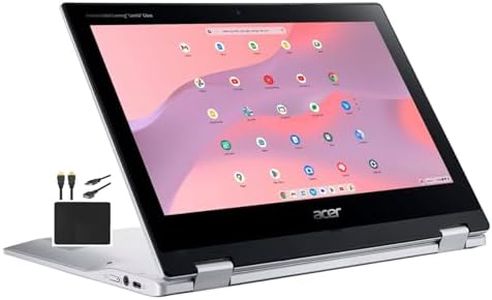We Use CookiesWe use cookies to enhance the security, performance,
functionality and for analytical and promotional activities. By continuing to browse this site you
are agreeing to our privacy policy
10 Best Chromebook Laptops
From leading brands and best sellers available on the web.By clicking on a link to a third party's website, log data is shared with that third party.
Buying Guide for the Best Chromebook Laptops
Choosing a Chromebook laptop can be a rewarding experience if you know what to look for. Since Chromebooks run on Chrome OS and are especially geared toward web-based tasks, your ideal choice depends on what you’ll use it for—work, study, streaming, or light creative tasks. To find the best fit, you'll want to weigh factors like portability, performance, battery life, display quality, and connectivity. Understanding these key specs will help you buy a Chromebook that matches your lifestyle and ensures a smooth, enjoyable experience.Screen SizeScreen size refers to the diagonal measurement of the Chromebook’s display, usually in inches. It's important because it affects both portability and comfort of use. Sizes under 12 inches are highly portable and great for travel or kids, but can feel cramped for long work sessions. Screens from 13 to 14 inches are a popular balance, offering both comfortable viewing and reasonable portability. Larger sizes, such as 15 inches or more, provide a more immersive viewing experience, which is helpful for media consumption or multitasking, but make the device heavier and less convenient to carry around. Think about where and how often you’ll be moving with your Chromebook to decide on the ideal screen size for you.
Processor (CPU)The processor, or CPU, is the 'brain' of your Chromebook and affects how fast and efficiently it runs tasks. Chromebooks use a variety of processors, from basic (like Intel Celeron or MediaTek) to mid-range (such as Intel Pentium or Core i3) to high-performance options (Core i5, i7, or similar). For light web usage or students, an entry-level processor is enough and helps keep the device affordable and energy-efficient. If you expect to multitask, run Android apps, or use more demanding websites, a mid-range processor will provide smoother performance. Those who want the fastest experience—perhaps for heavy multitasking or light creative work—should look to high-performance CPUs. Match the processor level to how many things you want to do at once and how demanding your typical tasks are.
RAM (Memory)RAM determines how many apps and browser tabs your Chromebook can handle at the same time without slowing down. Most Chromebooks come with 4GB, 8GB, or even more RAM. For basic tasks like browsing, email, or streaming, 4GB is usually sufficient. If you often keep many tabs open, work with documents, or want your device to stay fast for years as software updates evolve, 8GB is a safer option. Higher amounts are useful for very heavy multitaskers or those using advanced Android/Play Store apps. Consider your daily habits—if you’re a multitasker, go for more RAM.
Storage CapacityChromebook storage, usually measured in gigabytes (GB), is where your files and apps live. Since Chrome OS is cloud-focused, many users get by with 32GB to 64GB of storage, especially if they rely on Google Drive or other cloud services. However, if you plan to store a lot of offline files, download movies, or install many Android/Linux apps, you might want 128GB or more. Remember, some Chromebooks also come with expandable storage through microSD cards. To pick, think about whether you’ll primarily work online or need plenty of offline storage for media and documents.
Battery LifeBattery life describes how long the Chromebook will run on a single charge, and it’s hugely important if you’ll use it away from power outlets. Chromebook battery life can range from under 8 hours to over 12 hours. Shorter battery life may be fine for use mainly at a desk, while long battery life is perfect for students, travelers, or anyone working in coffee shops or classrooms all day. Check how long you typically go between charges and pick a Chromebook that can comfortably last through your longest use days.
Build Quality and PortabilityThis covers how sturdy and portable the Chromebook is—things like weight, thickness, and whether it has a metal or plastic body. Lightweight and slim models are easier to carry around and fit into bags, great for commuters and students. Rugged models with reinforced corners are useful for kids or if you’re accident-prone. If you care about style, look for sleeker designs. Decide what balance of durability, weight, and style matches where you’ll use your Chromebook the most.
Ports and ConnectivityPorts are the physical connections on your Chromebook, such as USB-C, USB-A, headphone jack, and microSD slots. The types and numbers of ports determine what accessories you can use, like connecting a mouse, external display, or storage drive. Some people may only need a couple of USB ports and Wi-Fi, while others—especially those connecting lots of devices—should look for models with more options, including HDMI or SD card slots. Check what devices you regularly use so you don’t miss important ports in your next Chromebook.
Touchscreen and 2-in-1 FeaturesMany Chromebooks offer touchscreen displays or convertible (2-in-1) modes, letting you use them as a tablet. If you like to use Android apps, draw, or want the flexibility to fold your laptop into different positions, consider these features. Non-touch and traditional clamshell models are lighter and sometimes less expensive. Think about whether you prefer classic laptop use or value the versatility for creative tasks or comfortable browsing.



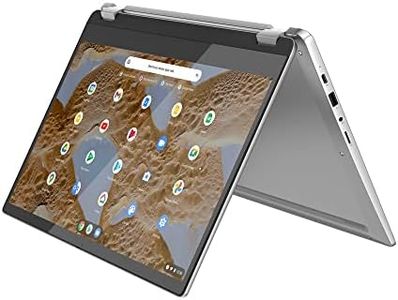
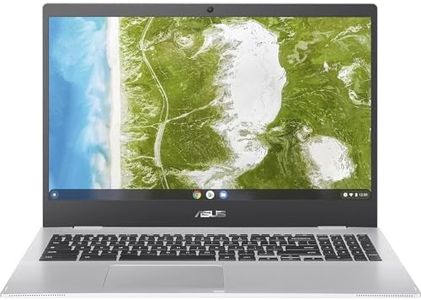
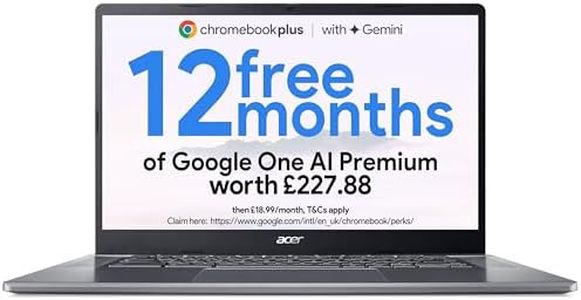
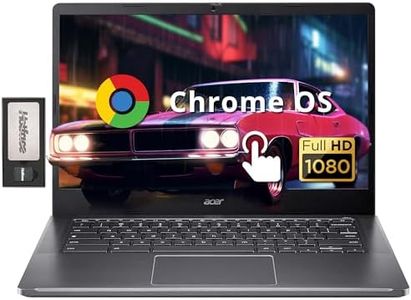


![Google Pixelbook Go - Lightweight Chromebook Laptop - Up to 12 Hours Battery Life[1] - Touch Screen Chromebook - Just Black](https://images-proxy.bestreviews.guide/ON16YoAq43mNeapRI-TeISR7gjQ=/0x300/https://m.media-amazon.com/images/I/41JUw7ODLXL._AC_CX679_.jpg)
